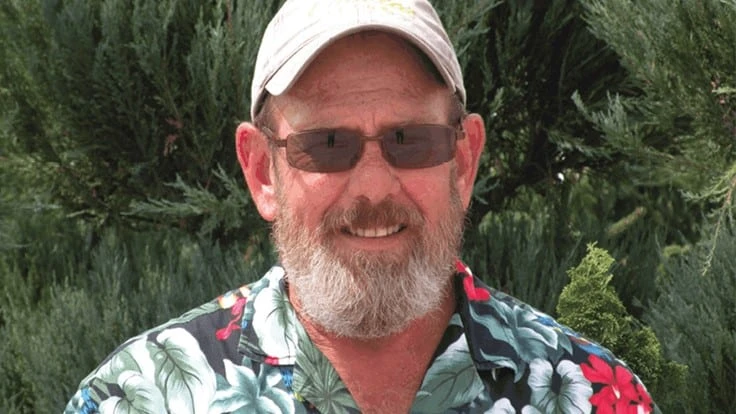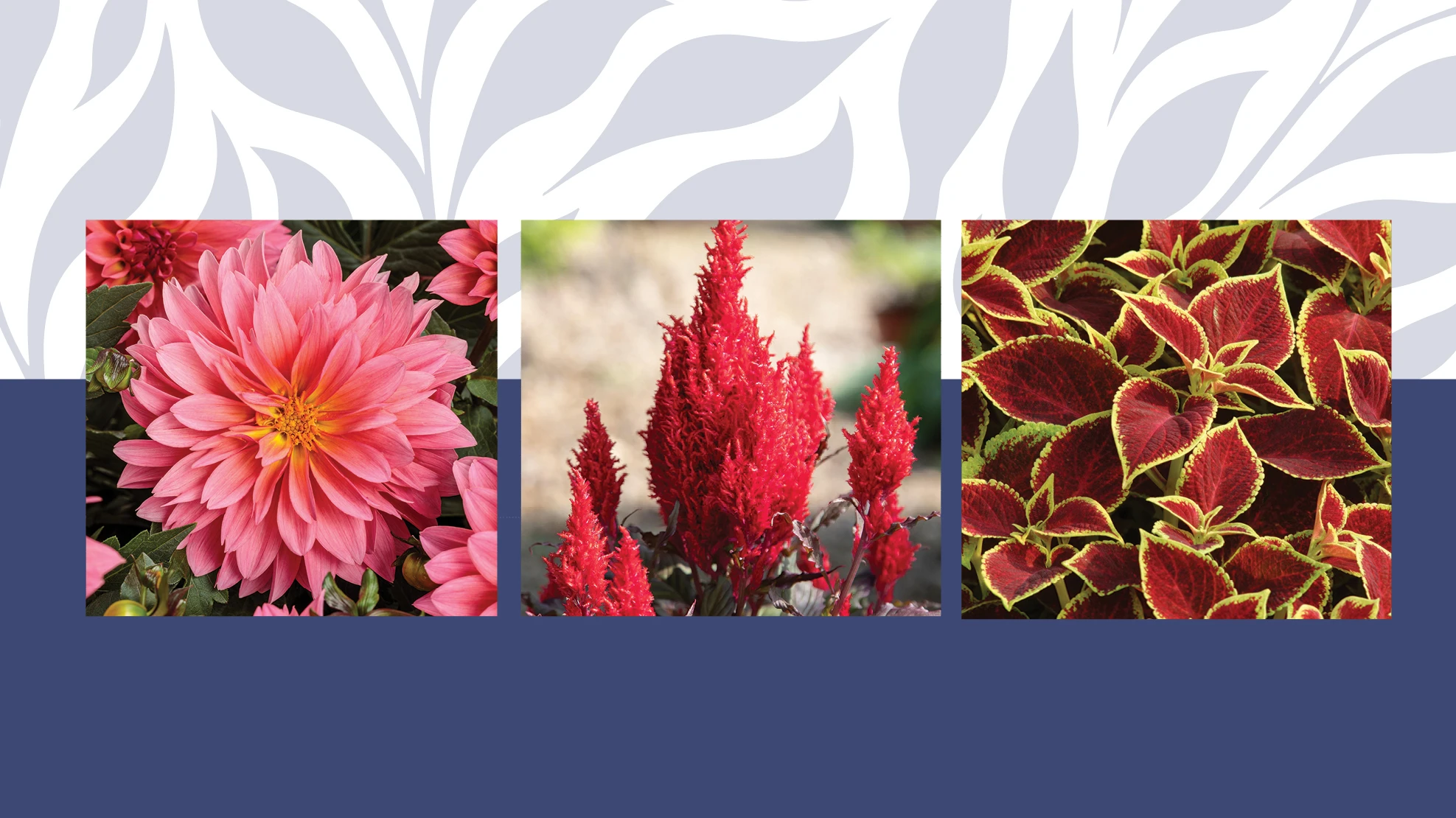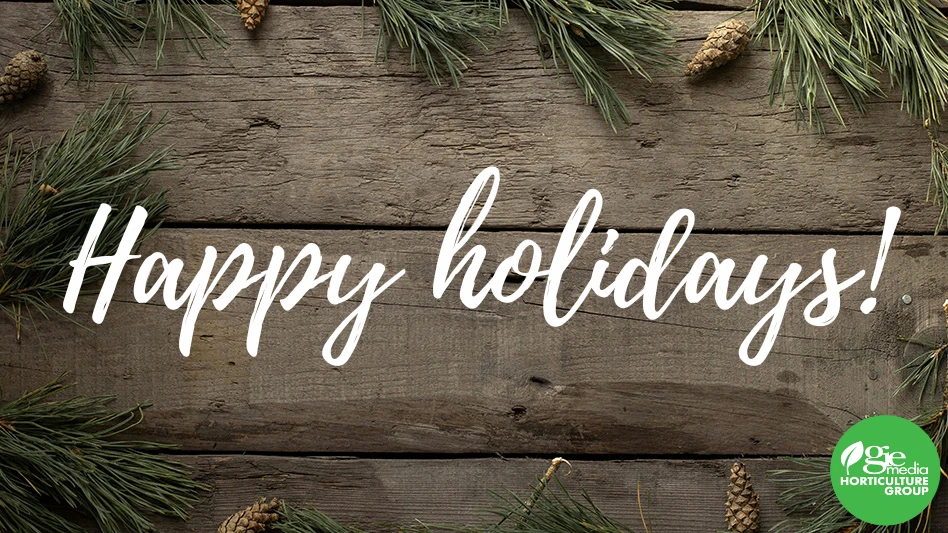

Herb Benton never took a horticulture class before starting his greenhouse career. He took plenty of plant classes, however — between entering DePauw University as a microbiology major, leaving with a botany degree, and then pursuing a master's in weed science at Purdue. But, there’s a big difference, he says, between “getting out of the books and into the potting soil.”
“When I joined this industry, I had to learn by fire,” says Benton, whose greenhouse career spans more than 35 years. “Everything I’ve learned about growing has come from having my feet in the greenhouse. That’s where the real learning happens.”
As greenhouse manager at Blue Grass Farms of Indiana, Benton still gets his hands dirty working side-by-side with his crew. The more growing experience he gains, the more passionate he gets about passing down his knowledge.
Here’s how Benton leverages his vast growing experience to train his team and make improvements at Blue Grass Farms.
Leading by example
Although Benton gets pulled in many different directions every day, he pops into the greenhouse whenever possible to join his crew of eight.
“I’m certainly a hands-on grower,” he says. “From pulling orders to helping plant on the production line to helping cover and uncover greenhouses, I love to get my hands dirty.”
That’s because there’s plenty of manual work to be done. Aside from the potting machine, environmental controls, and computerized irrigation, Blue Grass Farms is not highly automated. “Once a plant comes off the line, it’s put by hand onto trailers and placed by hand out in the field,” Benton says. “A lot of the weeding is done by hand, and all the trimming and spacing.”
This manual work requires a hands-on approach. Though some growing notes are helpful for sharing knowledge with his team, electronic production records don’t replace the importance of working alongside employees to exemplify the skills and work ethic required for greenhouse growing.
“As I put more time into this business, I feel a responsibility to pass on everything I’ve learned over the years,” Benton says, “and I accomplish that by being out in the greenhouse. This is not a job one does from an office; you need to have your hand on a hose and your nose in the crop.”


Pitching in
While Blue Grass Farms’ 600-acre operation is predominantly focused on field-grown trees and container-grown shrubs, the company also produces annuals, perennials and ornamental grasses under cover to provide a one-stop shopping experience for its wholesale customers.
Benton oversees a 60-acre parcel with about 50,000 square feet undercover and another 25,000 square feet of outdoor perennial production space. Although he’s responsible for annual and perennial production, Benton knows that plants require a multidisciplinary team approach.
“The crew that’s staging orders and loading trucks often need help, so our crew will pitch in to pull perennial orders,” he says. “All the departments have to mesh well and cooperate with each other. Everybody has to be cognizant of what everyone else is doing.”
This collaborative spirit helps Benton spot opportunities for improving efficiencies between departments. “It’s wonderful to spend a day loading semis, because it makes me aware of what those guys have to go through, and it gives me good ideas of what I can do to make their lives easier,” he says.
For example, when Benton joined Blue Grass Farms, he noticed that the lack of signage caused confusion when pulling orders. “Now we tag every single plant on the production line,” he says. “Efficiency is way up, and that’s a testament to our interdepartmental cooperation.”

Exploring new varieties
Although Benton has plenty of knowledge to share, he knows he still has a lot to learn, too. He’s always exploring new varieties and improved growing methods.
“Our clientele needs dependable, durable perennials that are adapted to the Midwest, so we’re constantly looking at new cultivars,” he says. “You’ve got to be flexible and continually learn how to grow different varieties, because what works well in a commercial landscape may not be a breeze to grow in the greenhouse, and vice versa.”
Sometimes landscape designers request obscure cultivars through Blue Grass Farms’ custom grow program, which makes up about 30% of the operation’s production. “Some of them turn out wonderful and get added to our catalog,” Benton says, “and then there are some that are very difficult to grow. Part of our responsibility to customers is to grow the absolute best and educate them on why we carry the varieties we do.”
Through it all, Benton often reminds growers to literally stop and smell the roses.
“You start to take it for granted and just see it as a crop,” he says. “Take a minute to actually admire the beauty and wonder of the plants, and remember how blessed you are to work with them.”

Explore the March 2021 Issue
Check out more from this issue and find your next story to read.





